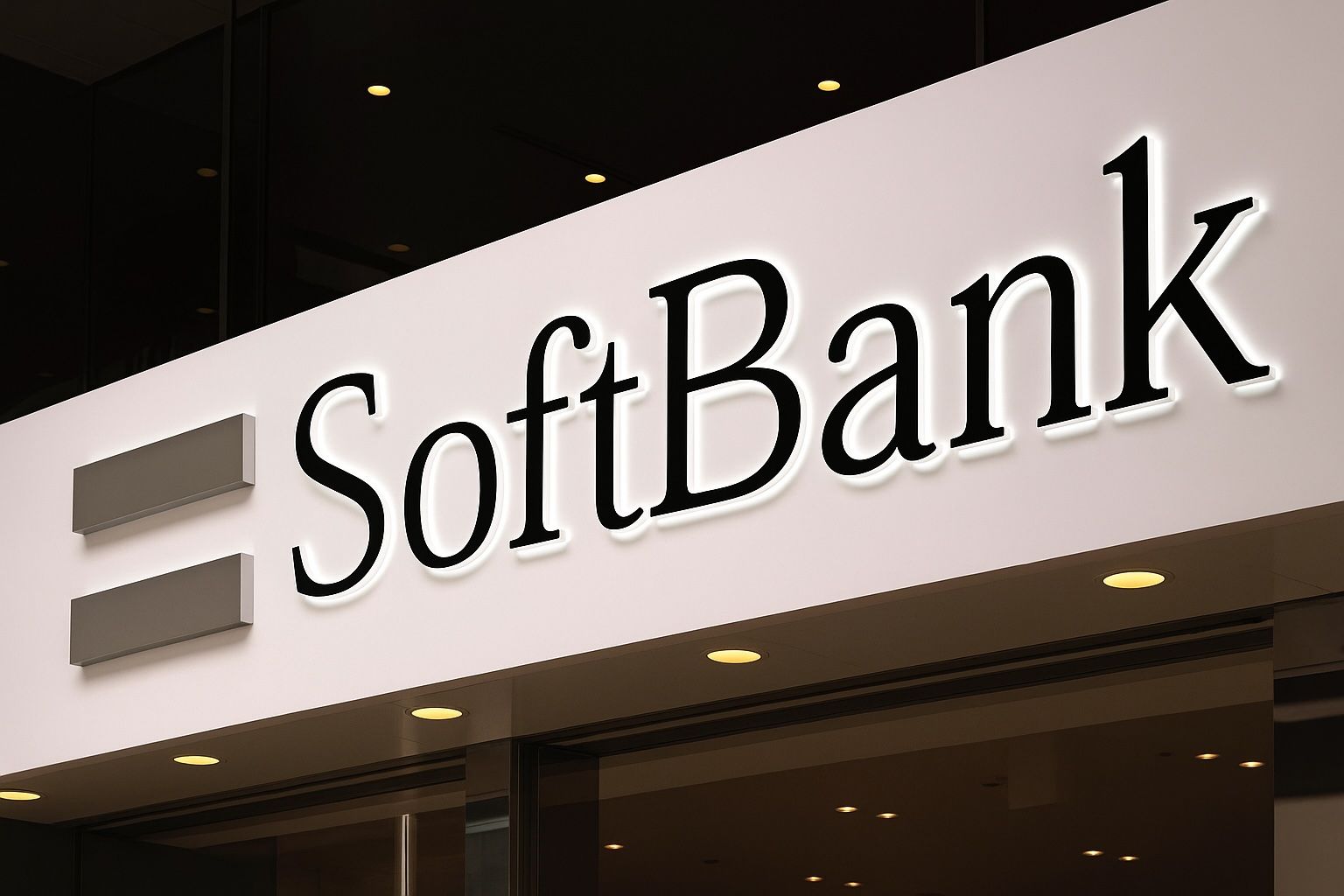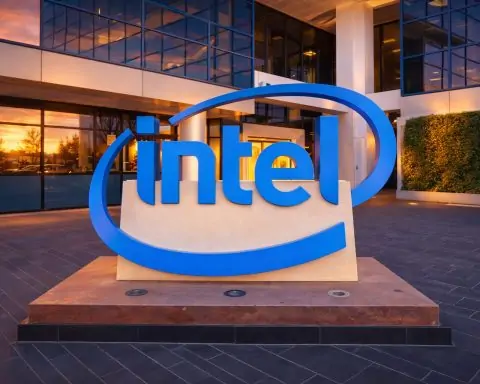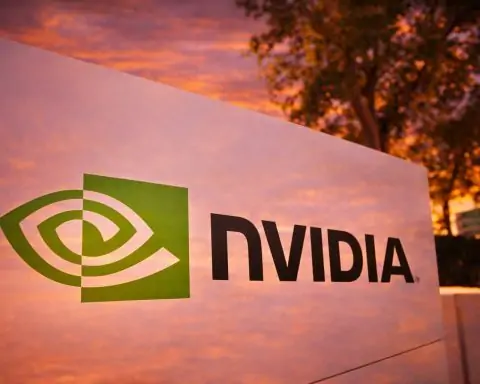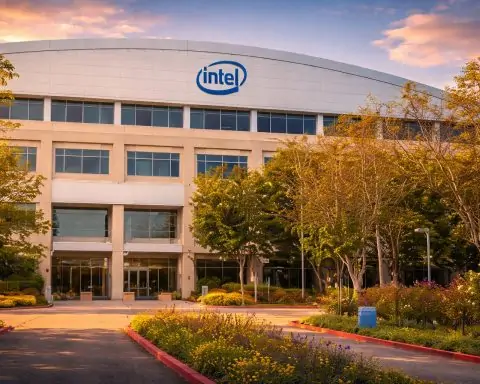Published: November 11, 2025
TOKYO — SoftBank Group Corp. said it has exited Nvidia in full, selling 32.1 million shares for $5.83 billion in October as part of a broader “monetize-and-redeploy” push into artificial intelligence—including a multibillion‑dollar commitment to OpenAI and new AI infrastructure financing. The transaction was disclosed in SoftBank’s half‑year results released today. [1]
What happened
The sale closes out SoftBank’s latest round‑trip in Nvidia and includes shares held by an asset‑management subsidiary. While SoftBank did not give a granular rationale beyond capital recycling, the move lands alongside a series of balance‑sheet actions—bond issues, bridge loans, and other asset sales—meant to fund aggressive AI bets. [2]
The numbers that matter
- $5.83 billion: Total proceeds from selling 32.1 million Nvidia shares in October. [3]
- ¥2.924 trillion: Net income attributable to owners of the parent for the six months ended Sept. 30, 2025. [4]
- $9.17 billion: Proceeds from selling 40.2 million T‑Mobile shares between June and September. [5]
- Four‑for‑one share split: Record date Dec. 31, 2025 (effective record date Dec. 30). [6]
- $8.5 billion bridge loan: Financing arranged for OpenAI follow‑on investment; Arm‑backed margin loan facility lifted to $20 billion (with $11.5 billion undrawn as of Nov. 11). [7]
Why SoftBank is doing this
Founder Masayoshi Son has made clear that SoftBank intends to be “all‑in” on AI. In March, the company signed a definitive agreement for up to $40 billion of follow‑on investments in OpenAI, with an effective $30 billion outlay after syndication. A second, $22.5 billion closing is scheduled for December via Vision Fund 2—hence the stepped‑up asset monetization. [8]
Market reaction
Early Tuesday, Nvidia shares dipped about 1.3% in U.S. premarket trading, moderating Monday’s strong rally, as investors assessed the impact of a major shareholder’s exit. Nvidia recently crossed a $5 trillion market capitalization—an emblem of how central GPUs have become to AI build‑outs. [9]
How this fits SoftBank’s balance‑sheet playbook
SoftBank paired the Nvidia sale with other levers to raise and reallocate capital:
- Debt markets: New straight and hybrid bonds in yen, dollars and euros to refinance maturities and support investment. [10]
- Equity monetization: Partial disposals in T‑Mobile and collar settlements in Deutsche Telekom shares to generate liquidity. [11]
- Asset‑backed financing: A larger Arm‑secured margin facility to enhance flexibility without sacrificing majority control of Arm. [12]
Strategic context: From GPUs to models and data centers
The exit does not signal a retreat from semiconductors. SoftBank still controls Arm and has been weaving together model investments (OpenAI), compute, and robotics—a stack designed to benefit from the next leg of AI adoption. Nvidia’s dominance remains intact (it just joined the five‑trillion‑dollar club), but SoftBank’s thesis is that outsized returns can now come from model ownership, distribution, and infrastructure—where it is concentrating fresh capital. [13]
A note on SoftBank’s Nvidia history
SoftBank first amassed about 4.9% of Nvidia in 2017 via the Vision Fund and fully exited in 2019—well before the current AI supercycle. It later rebuilt a position, which it has now sold again in October 2025. [14]
What to watch next
- December funding milestone: Vision Fund 2’s $22.5 billion OpenAI second‑closing and any updates on co‑investor syndication. [15]
- Capital structure moves: Follow‑on bond issues or additional asset monetizations to support AI infrastructure projects. [16]
- Share split implementation: Mechanics around the four‑for‑one split and any impact on trading liquidity. [17]
Editor’s note: This article is based on SoftBank’s official financial report for the six months ended Sept. 30, 2025, and real‑time reporting from international outlets. Key facts—including the $5.83 billion Nvidia sale, the 32.1 million shares sold in October, the share split, and financing activities—are drawn from SoftBank’s filing; market color and historical context are corroborated by wire services. [18]
References
1. group.softbank, 2. group.softbank, 3. group.softbank, 4. group.softbank, 5. group.softbank, 6. group.softbank, 7. group.softbank, 8. group.softbank, 9. apnews.com, 10. group.softbank, 11. group.softbank, 12. group.softbank, 13. www.reuters.com, 14. www.wsj.com, 15. group.softbank, 16. group.softbank, 17. group.softbank, 18. group.softbank










